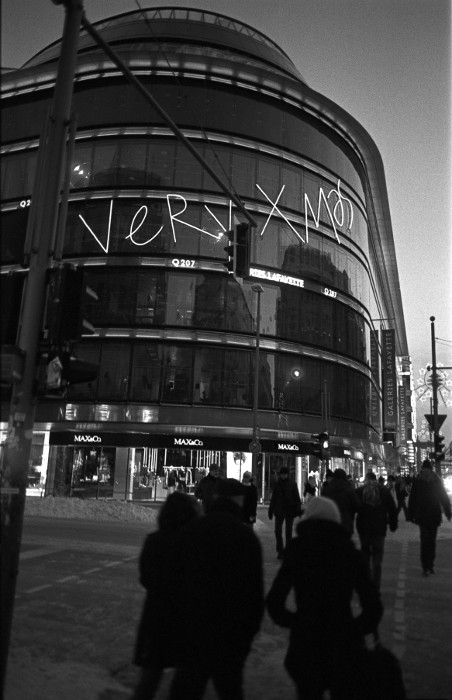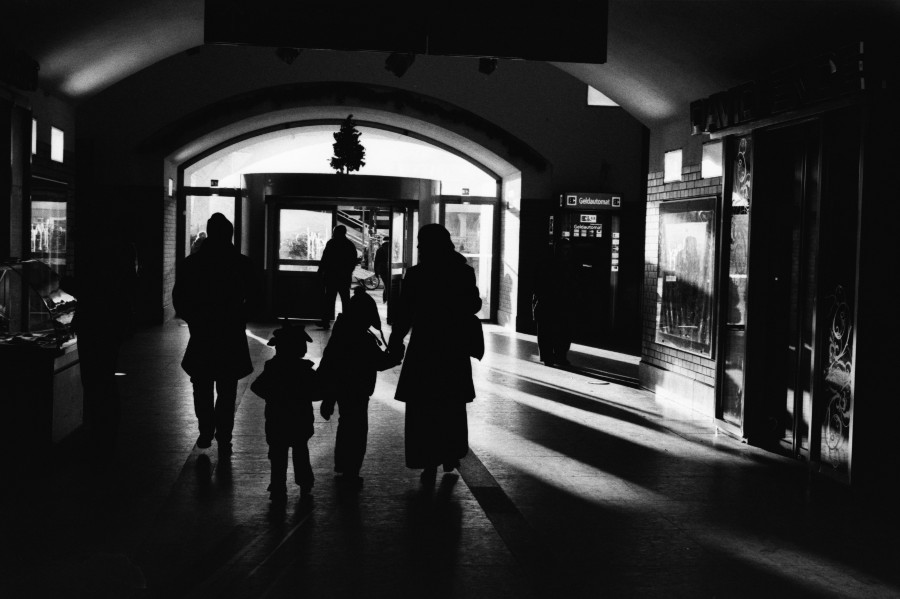Gabriel M.A.
My Red Dot Glows For You
Wow, 90 minutes, no agitation? No tapping/rapping in the beginning at all? What temperature?
Also, is it 1:100 or 1+100? For those who don't know, they're different.
Wow, 90 minutes, no agitation? No tapping/rapping in the beginning at all? What temperature?
Also, is it 1:100 or 1+100? For those who don't know, they're different.
...
So yes, you can push 400 films to 1600, but at no point does the film perform like a 1600 speed film and you always see the low values drop down the scale or off the bottom end entirely. I think its really important for people new to pushing to understand this otherwise they wont be able to make sense of the results they get and know when its a horribly bad idea to 'push' films in this way. You can rate TriX at whatever fictional speed you wish, but it will never come close to a true 1600 in the shadows. This does not mean the result wont look great...
...





Tri-X in HC-110(B) for 15 min 15 sec. Agitations initially 30s, and every two minutes thereafter for 10s each cycle. I've been doing this for about two months now with consistently good results:





As far as the reasoning for my whole query, I ended up just shooting Tri-X at box speed 400 ISO. When it got too dark for that, I started indulging in hurricanes (the local drink) and forgot about photography 🙁
I love these tones! I'll try your recipe next time I decide to push TriX to 1600. Thanks for sharing.






